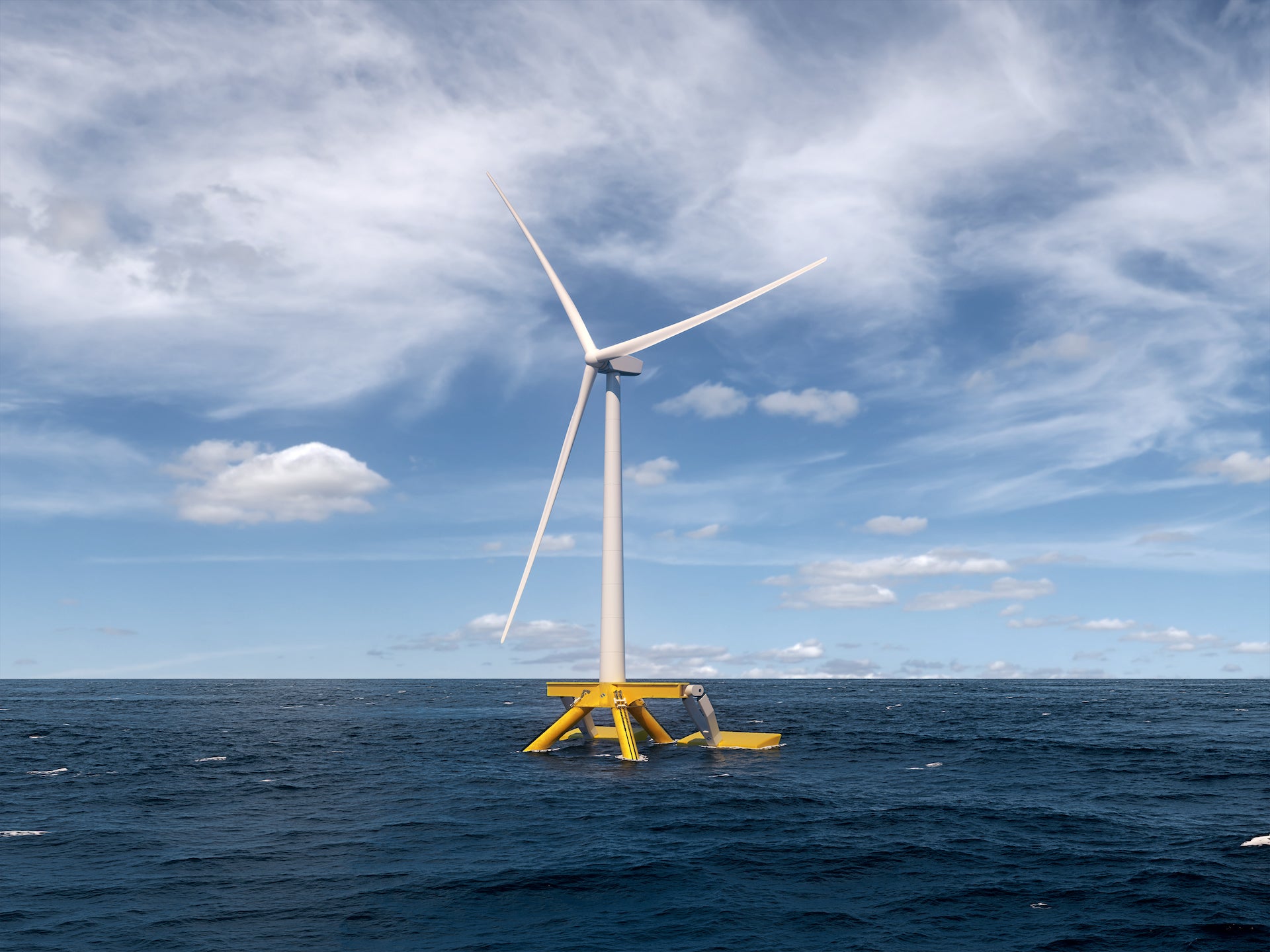The government likes to say the UK ‘leads the world’ in offshore wind – it forgets one thing
The truth behind Downing Street rhetoric is that Britain is still lagging behind China, the US, Germany, India and Spain in overall electricity production from wind, writes Andrew Woodcock


Whenever you hear a government minister talking about energy, you know you won’t have to wait long before they start boasting about the UK’s “world-beating” offshore wind industry.
It was the same this week, when Boris Johnson excitedly told MPs on the Commons Liaison Committee: “Renewables are fantastic and offshore wind – and I stress offshore wind – I think has massive potential.”
And indeed, in terms of gigawatt production capacity, Britain ranks top in the global rankings, despite fierce competition in recent years from China.
The Hornsea Project One farm in the North Sea was the largest in the world when it began operations last year, and an even bigger array is under construction at Dogger Bank.
Which all sounds very good until you ask yourself the question why, in that case, is Britain lagging behind China, the US, Germany, India and Spain in overall electricity production from wind?
After all, we’re a storm-lashed island planted in the middle of a bunch of weather systems which pretty much guarantee reliable wind for much of the year, ruled by a government which never stops telling us of its commitment to decarbonise the economy.
Whatever could it be that is holding us back from matching other countries?
Of course the answer is that, rather than going to the massive expense of planting turbines in the sea, these countries site a far higher proportion on dry land. And when a minister says that the UK “leads the world” in offshore wind, they omit to add “because we can’t summon up the political will to get wind farms built onshore”.
Business secretary Kwasi Kwarteng is known to be impatient with the “not in my back yard” (Nimby) lobby which has virtually forced British wind power into the sea. He is believed to be pushing for changes to planning laws in the upcoming energy security strategy to allow a leap in electricity production from onshore wind from 15 to 30 gigawatts.
The prime minister’s comments have dealt a heavy blow to these hopes. If he is stressing how much potential offshore wind has, that can only mean he doesn’t expect to be building much on land. And Downing Street said on Thursday that future onshore projects would have to be “locally supported”, effectively maintaining the veto held by campaigners who find windfarms unsightly.
It’s a depressing outlook for environmentalists who see onshore wind as one of the cheapest and easiest ways of moving swiftly towards the government’s net-zero targets.
But somehow it’s difficult to believe that it will stop ministers from boasting whenever they get an opportunity about those world-beating farms amid the waves.
Yours,
Andrew Woodcock
Political editor
Join our commenting forum
Join thought-provoking conversations, follow other Independent readers and see their replies
Comments
Bookmark popover
Removed from bookmarks